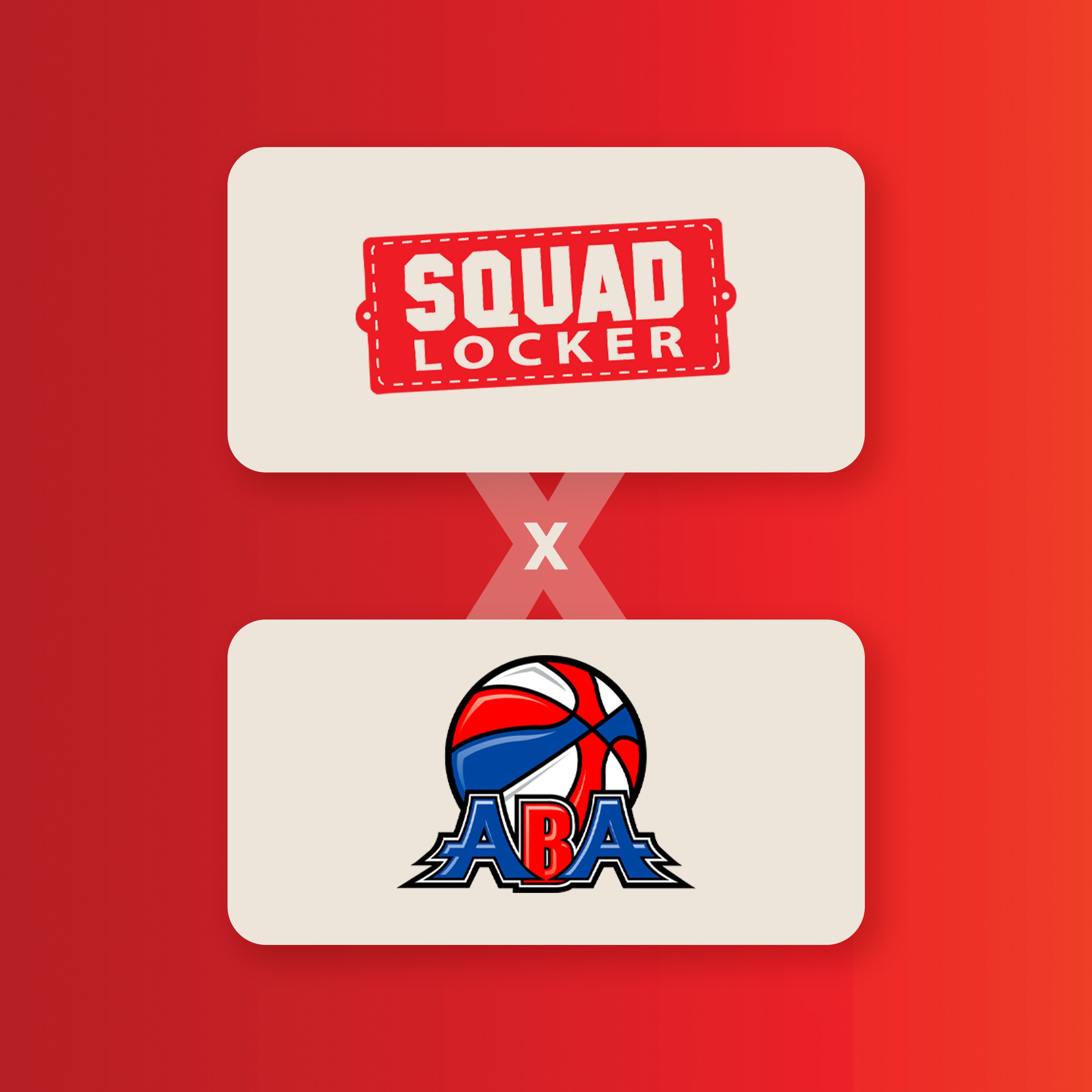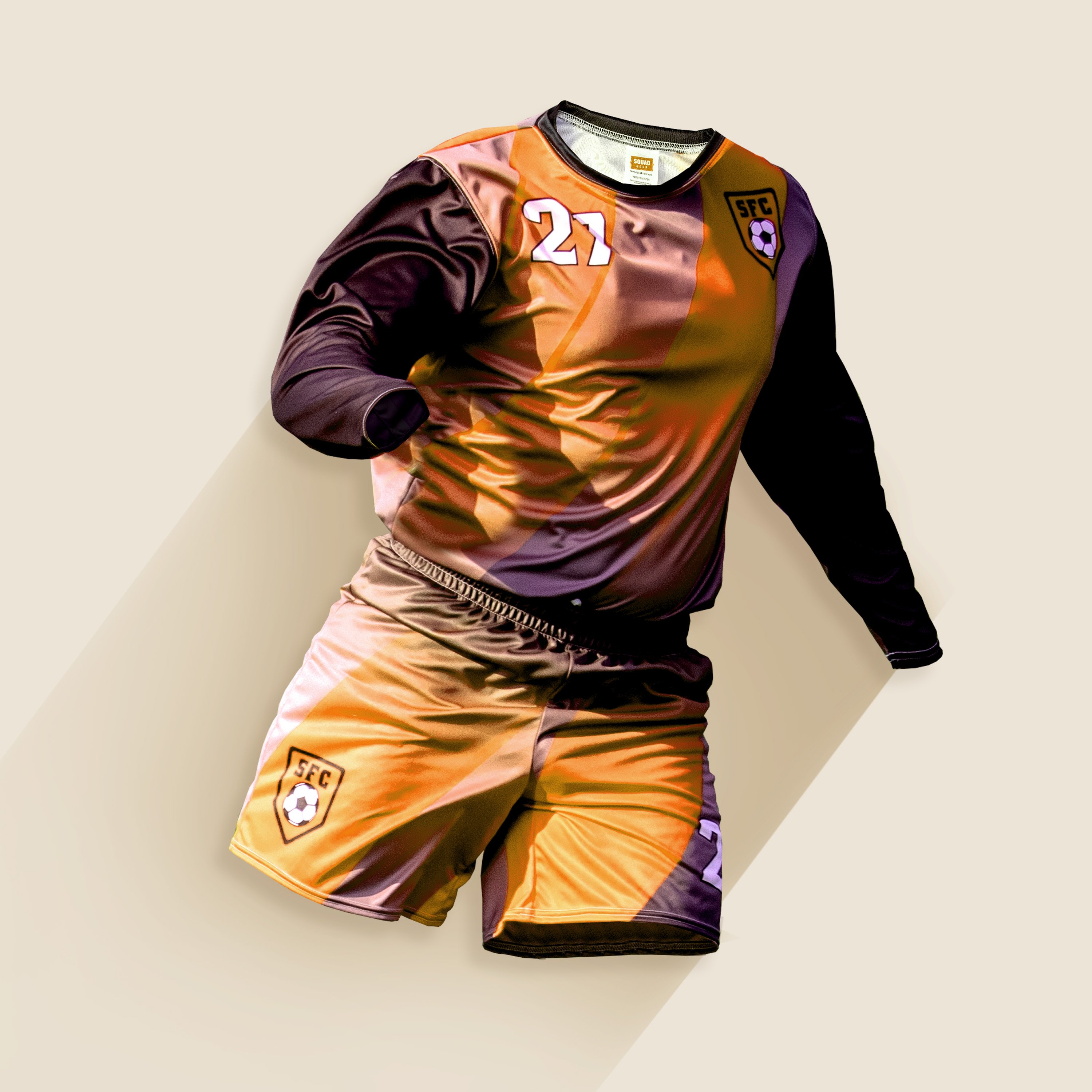Sure, our kids are overweight. And they have ever-declining hours of daily physical activity. But America leads the planet in organized sports. We are the only country in the world with a sports economy that represents a gigantic 2% of GDP and spans 4 dimensions--pro, college, high school and youth. The first 3 dimensions are massively commercial and run by a professional class of league and team managers and coaches who manage the world's most competitive players, and are supported by well-organized sponsors and fans. Behavior and buying in the first 3 dimensions is heavily influenced by celebrity athlete endorsements.
However, the 4th dimension--41,000 youth leagues in 21 team sports on land and a couple more in the water and 28 million 5-to-16-year-old players--is mostly run by volunteer Youth League Managers (aka YLMs). American YLMs, who spend $11 billion annually, are well-intentioned. They look up to their counterparts in the first 3 dimensions. But unlike the first 3 dimensions, the 4th dimension is not influenced heavily by celebrity endorsements. The YLMs who own the 4th dimension are much more about serving their kids and communities. And, in stark contrast to their colleagues in Pro, College and High Schools, the YLMs in the 4th dimension are under-resourced, under-trained, under-funded, and under-equipped.
Enter America's world-leading entrepreneurs and venture capitalists. Since Halloween 2014, investors have spent over $2 billion backing a new class of technology-based providers who are disrupting all 22 categories of products and services bought by YLMs. (Disclosure: My media company, LeagueNetwork.com, is also backed by venture capital, connecting 41,000 youth leagues and their 300,000+ volunteer YLMs with 10,000+ providers of 22 categories of products and services and fundraising resources.)
These new VC-backed tech entrepreneurs are boldly tackling inefficiencies that bog down youth leagues, YLMs, coaches and players. Take the league management software sector, for example. In the past 15 months, over $1 billion has been invested in cloud software apps to help youth leagues and the volunteers who run them, run better. This cloud app trend includes new brand names such as Blue Star Sports, Sports Illustrated Play, Active Networks, TeamSnap, SportNgin, Blue Sombrero, LeagueApps and in Europe, SportEasy, and over 100 others.
In fact, the reason that the youth sports 4th dimension is so different from the 1st (Pro), 2nd (college) and 3rd (high school), is that over 82% of YLMs are volunteers. Overwhelmingly, YLMs are parents whose kids play in the league they manage. As soon as the kids "age out" of the leagues, most in under 5 years, over 80% of YLMs leave. That YLM turnover results in lack of best practice governance, and loss of institutional memory. The numbers show that bad YLM behavior has a big-time cost. Since 2009, over 1,100 YLMs have gone to jail, mostly for theft, occasionally for violence or child abuse. Nearly $1 of every $4 of league spending may be wasted due to bad shopping practices. And the IRS says about 2 of every 3 non-profit leagues is out of compliance with its taxes.
In addition to the problems of turnover and lack of best practices, YLMs are a difficult customer for most providers. Remember, YLMs spend $11 billion, so the 4th dimension is a big market. Yet youth league purchasing decisions are made by folks who are rarely experts in buying the 22 things they must buy--insurance or uniforms or sports or safety equipment or background checks or registration systems or payroll or accounting or referees or facility sourcing or legal services. YLM decisions often require board approval by boards who are intensely local and political. And the reality is, youth league cronyism and lack of time and information to do any comparison shopping closes most deals to competitive bids.
LeagueNetwork is a public benefit corporation whose free media platform opens the conversation between YLMs and providers. We have taken pains to make sure our interest is aligned with that of the YLMs. And we save YLMs money by allowing YLMs to comparison shop for the first time, counteracts cronyism and saves money by speeding the buying cycle, which saves providers time and money by providing efficient access to YLMs that was never before possible.
Truth is, statistics show that well-run leagues boost their communities' quality of life. Specifically, that means well-run youth leagues that grow their year-over-year participation result in higher high school graduation rates and lower youth crime rates. That's why LeagueNetwork's motto is "Better Leagues, Better Lives," which reflects the reality that, regardless of community socioeconomic status, if your community has better YLMs, your community will be a better place to live.
So hat's off to all the investors and sports tech entrepreneurs who are entering the 4th dimension with the intention of making better leagues, better lives. But beware. If you are unable to engage YLMs where they live and work, with the goal of saving their leagues money and time and ensuring transparency, don't bother. Success in the 4th dimension is about more than a celebrity athlete endorsement. It is about making better leagues, and better lives.
This content originally published on LinkedIn by Jay Whitehead, Co-Founder and Publisher, LeagueNetwork.
Share this Story










